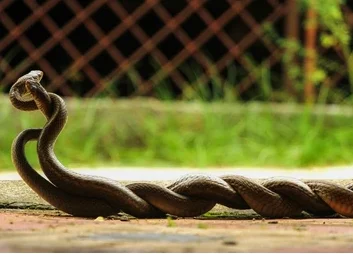In the fascinating world of reptile behavior, snakes display some of the most intricate and mesmerizing mating rituals in the animal kingdom. Among these behaviors, the peculiar body quivering exhibited by certain snake species during courtship stands out as particularly captivating. This rhythmic movement, often resembling a hypnotic dance, serves multiple purposes in the complex mating process. The quivering behavior represents an evolutionary adaptation that facilitates successful reproduction through clear communication between potential mates. Understanding this distinctive behavior offers insight not only into snake reproduction but also into the broader study of animal communication and evolutionary biology.
The Science Behind Snake Quivering

Snake quivering refers to rapid muscular vibrations that travel through the body of the male snake during courtship rituals. This behavior involves specialized muscles that contract rapidly to create visible undulations along the snake’s length. Physiologically, the quivering is controlled by the snake’s nervous system, which coordinates precise muscle contractions to produce the distinctive movement pattern. Scientists have identified that these vibrations typically occur at frequencies between 25-40 Hz, depending on the species. The energy expenditure required for this display indicates its evolutionary importance, as males willingly invest considerable resources to perform this behavior when seeking a mate.
Species That Display Quivering Behavior

While many snake species exhibit some form of courtship display, the quivering behavior is particularly pronounced in certain groups. Rattlesnakes (Crotalus species) are perhaps the most famous quiverers, with males producing distinct muscle spasms that travel along their bodies during mating season. Garter snakes (Thamnophis species) also demonstrate impressive quivering displays, often involving multiple males competing for a single female. The Eastern Hognose Snake (Heterodon platirhinos) incorporates quivering into its broader courtship repertoire, combining it with other displays. Python species, particularly Ball Pythons (Python regius), exhibit subtle but persistent body tremors when approaching receptive females, demonstrating the widespread nature of this behavior across evolutionary distant snake families.
The Role of Pheromones in Triggering Quivering
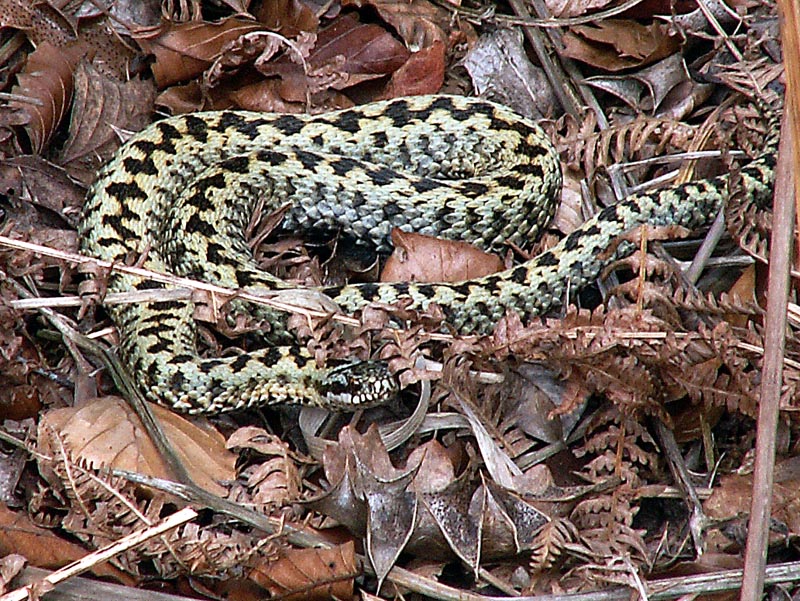
Pheromones play a critical role in initiating the quivering response in male snakes. Female snakes release specific chemical signals when they become reproductively receptive, creating a scent trail that males can detect with their highly specialized vomeronasal organ, also known as Jacobson’s organ. Upon encountering these pheromones, the male’s brain triggers the hormonal changes necessary for courtship behavior, including the characteristic quivering. Research has shown that the concentration of female pheromones directly correlates with the intensity and duration of male quivering displays. This chemical communication system ensures that energy-intensive courtship behaviors only occur when females are ready to mate, maximizing reproductive efficiency.
Communication Through Vibration
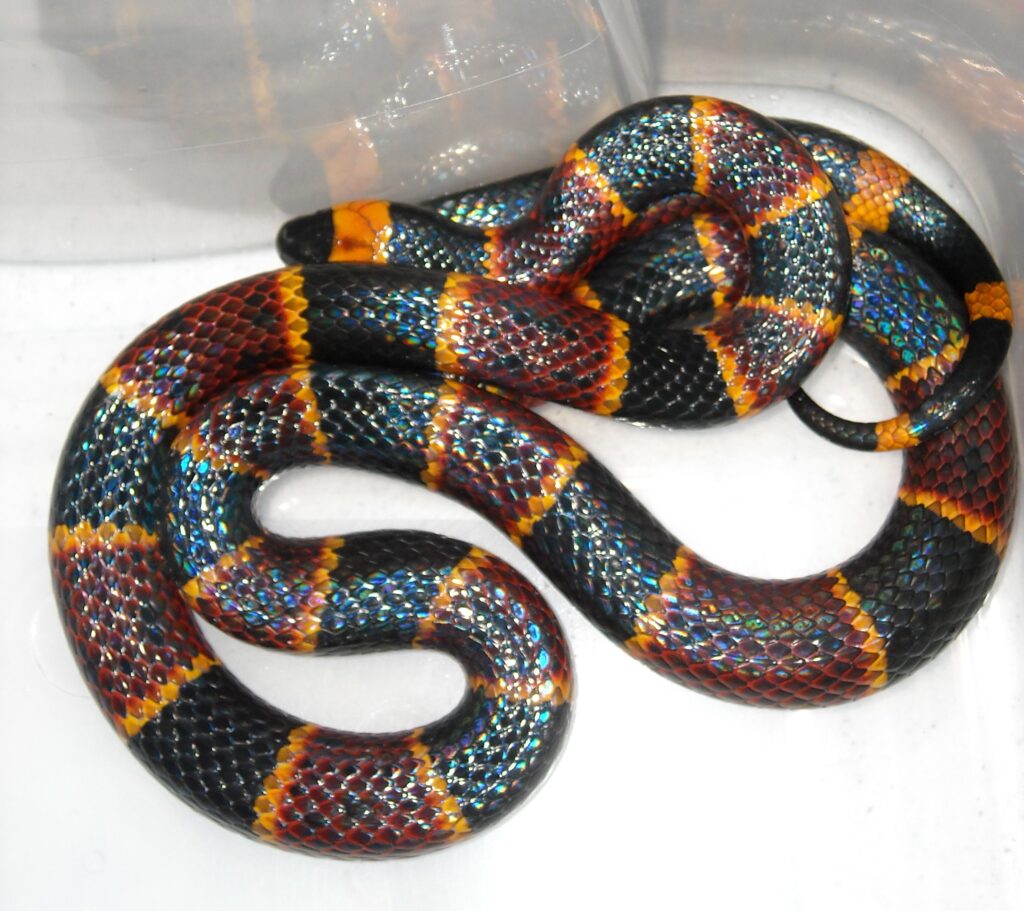
The quivering motion serves as a sophisticated form of communication between potential mates. When a male snake quivers, the vibrations travel through the ground or substrate, creating seismic signals that nearby snakes can detect through specialized sensory cells in their lower jaws and bellies. These vibrations convey important information about the male’s size, strength, and genetic fitness. Females can distinguish between the quivering patterns of different males, allowing them to make selections based on the quality of the vibration. This vibrational communication system is particularly advantageous in environments where visual detection might be limited, such as in dense vegetation or underground burrows where many snake species live.
The Courtship Dance: Quivering in Context

Quivering rarely occurs in isolation but is typically part of an elaborate courtship sequence that may last hours or even days. The complete courtship ritual often begins with the male tracking a female through pheromone detection before initiating a series of approach behaviors. Once in proximity, the male typically aligns his body alongside the female and begins the characteristic quivering motion. This is frequently accompanied by gentle nudging, tongue-flicking to gather more chemical information, and sometimes chin-rubbing along the female’s back. In many species, the intensity of quivering increases as courtship progresses, reaching its peak just before the actual mating occurs. This carefully choreographed sequence demonstrates the complexity of snake social behavior, contradicting the common misconception that reptiles engage in only simple, instinct-driven interactions.
Competition and Male Rivalry
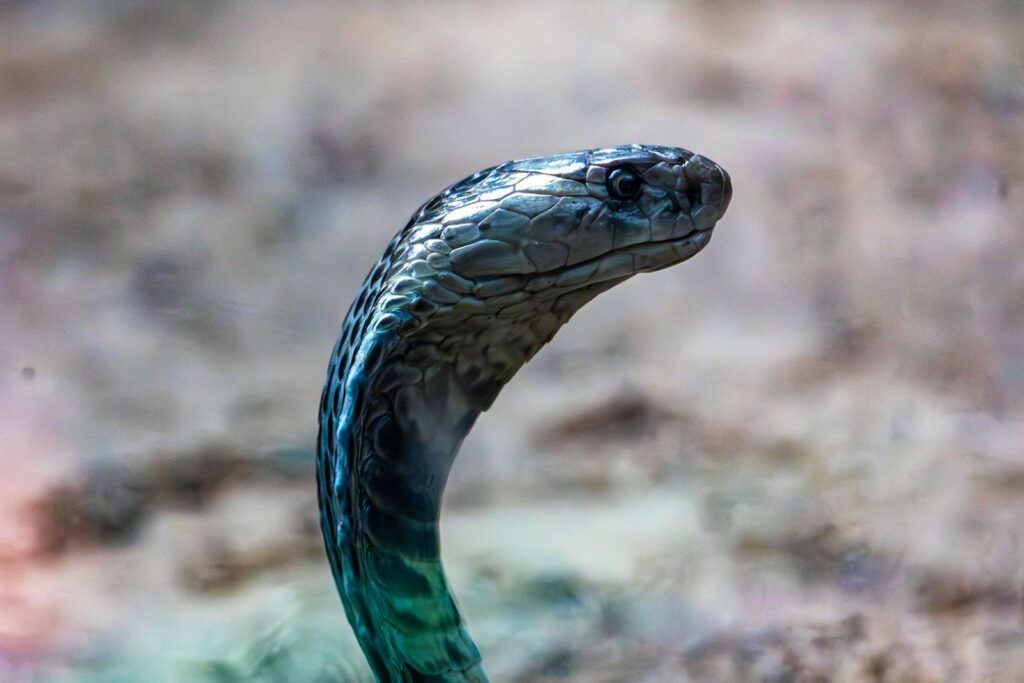
In scenarios where multiple males compete for a single female, quivering behavior takes on additional competitive dimensions. Male snakes often engage in “combat dances” where they intertwine their bodies and attempt to pin each other down, frequently incorporating intense quivering displays throughout these contests. The vibrations produced during these competitions may serve to demonstrate superior strength and stamina to both rivals and the female observer. In species like the red-sided garter snake, researchers have observed massive mating balls where dozens of males simultaneously quiver and compete for a single female. The winner of these contests typically gains priority access to the female, suggesting that the quality of quivering performance directly influences reproductive success.
Female Response to Male Quivering
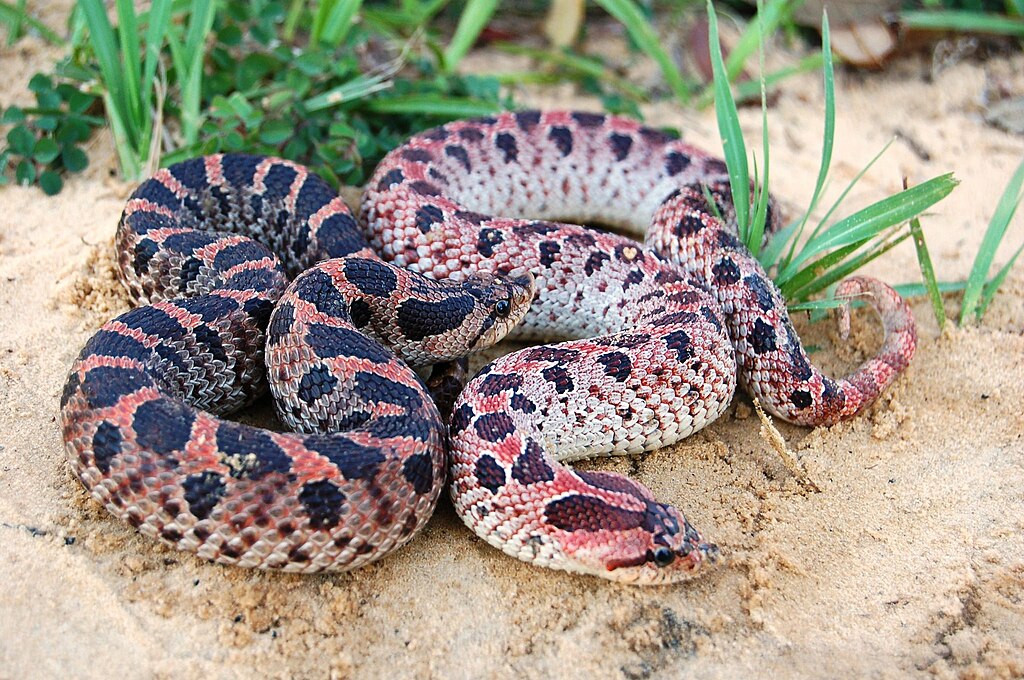
Female snakes exhibit specific responses to male quivering that indicate their receptivity to mating. A receptive female typically remains stationary when a male begins quivering alongside her, sometimes exhibiting subtle body movements that facilitate the male’s courtship advances. If unreceptive, she may move away, engage in defensive posturing, or some species, perform body rolls to dislodge persistent suitors. Research indicates that females can distinguish between the quivering patterns of different males, potentially assessing genetic quality through vibration characteristics. Some studies suggest that females preferentially mate with males that maintain consistent, high-frequency quivering, indicating that this behavior may be subject to sexual selection pressures.
Seasonal Timing of Quivering Behavior
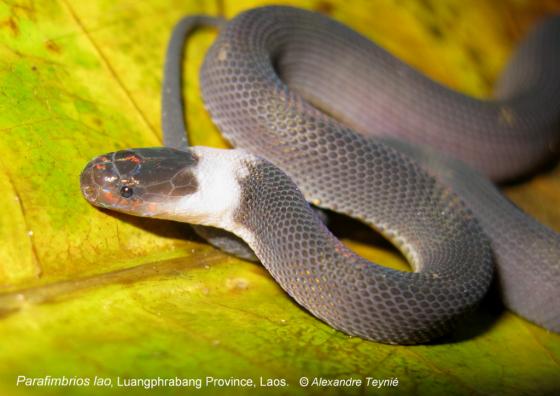
The quivering courtship behavior in snakes is highly seasonal, corresponding with specific environmental cues that trigger reproductive readiness. In temperate regions, most snake species emerge from brumation (a hibernation-like state) in spring with elevated hormone levels that drive mating behaviors. Males typically begin quivering displays shortly after emergence, when testosterone levels reach their annual peak. Environmental factors such as temperature, daylight hours, and rainfall patterns play crucial roles in synchronizing these displays across a population. In tropical regions, quivering behavior may correlate more with rainfall cycles than with temperature, demonstrating how different ecosystems shape the timing of these reproductive behaviors.
Hormonal Control of Quivering
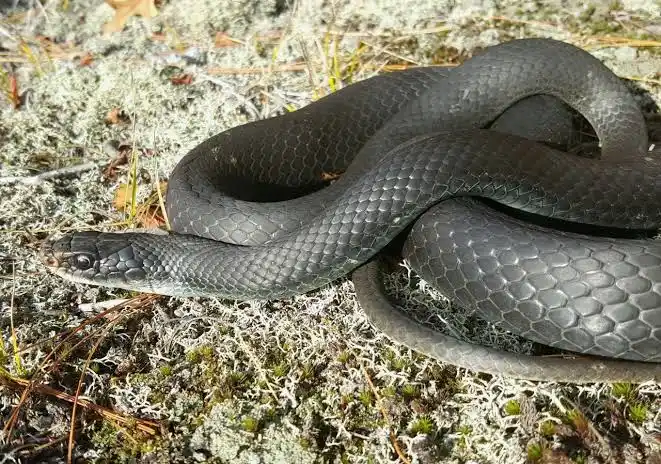
The complex quivering behavior is regulated by a precise interplay of hormones within the snake’s endocrine system. Testosterone serves as the primary hormone driving male courtship behaviors, with seasonal elevations triggering both physiological readiness and behavioral changes necessary for mating. Experimental studies have demonstrated that artificially elevating testosterone levels in male snakes can induce quivering behavior even outside the normal breeding season. Additionally, stress hormones like corticosterone can suppress quivering displays, highlighting how environmental stressors might impact reproductive success. The hypothalamus and pituitary gland coordinate these hormonal signals, integrating environmental cues with internal physiological states to ensure courtship behaviors occur at optimal times.
Evolutionary Advantages of Quivering
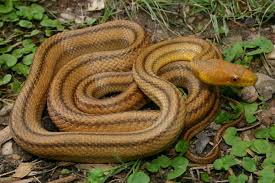
The quivering courtship display has persisted throughout snake evolution because it confers significant reproductive advantages. The behavior serves as an honest signal of male fitness, as only healthy individuals can maintain the energetically demanding muscle contractions for extended periods. By demonstrating their physical prowess through quivering, males effectively advertise their genetic quality to potential mates. The behavior also enhances reproductive isolation between similar species, as subtle differences in quivering patterns help prevent hybridization. Furthermore, synchronized quivering among males in some species creates a collaborative stimulus that may enhance female receptivity, demonstrating how individual competitive behaviors can sometimes produce cooperative outcomes in evolutionary contexts.
Observing Quivering in Captive Snakes
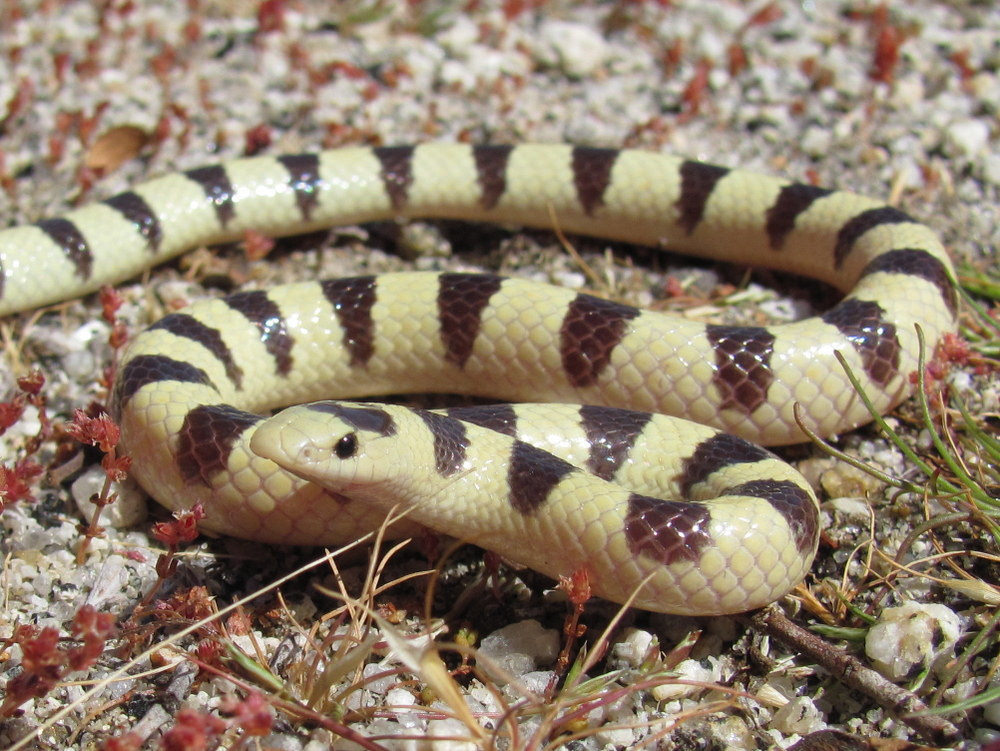
Herpetologists and reptile enthusiasts often observe quivering behavior in captive settings, providing valuable opportunities for detailed study of these courtship rituals. Successful breeding programs typically create environmental conditions that mimic natural seasonal changes, triggering the hormonal shifts necessary for courtship behavior. Careful observation reveals that captive-bred snakes display the full repertoire of quivering behaviors, suggesting this is an innate rather than learned behavior. Temperature cycling, photoperiod adjustments, and proper nutrition are critical factors for inducing natural courtship displays in captivity. Ethical breeding programs monitor these behaviors closely, as changes in quivering patterns can indicate health issues or stress that might require intervention before breeding attempts continue.
Research Challenges and Future Directions
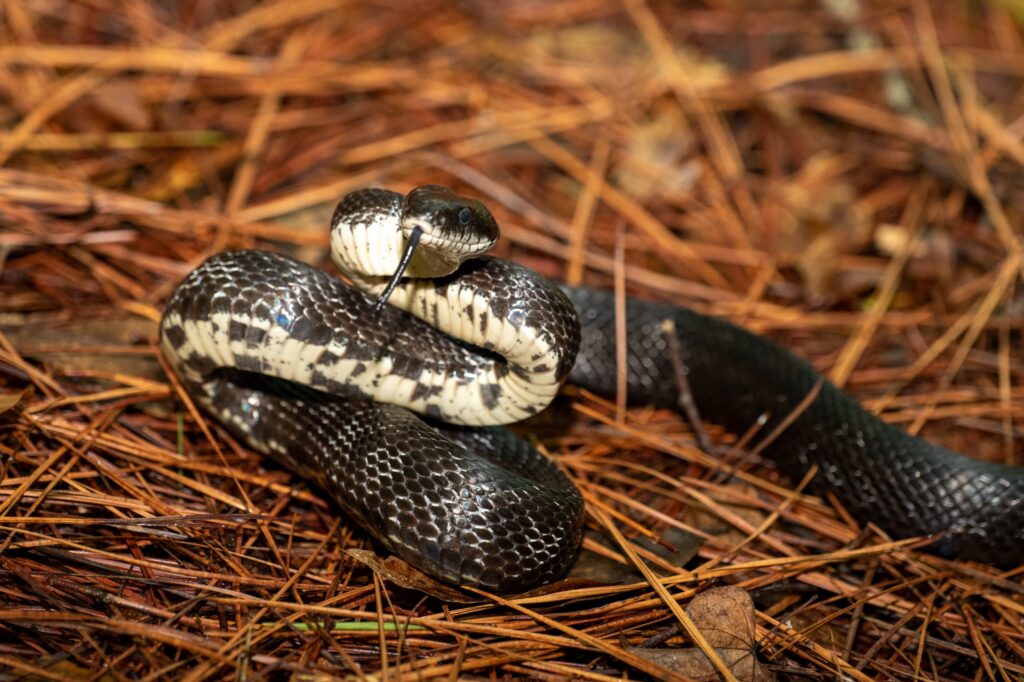
Despite significant advances in understanding snake quivering behavior, numerous questions remain for researchers to explore. The neurological mechanisms controlling the precise muscle contractions during quivering are still not fully understood, offering opportunities for comparative studies with other vertebrate movement patterns. Field research presents particular challenges, as observing natural mating behavior requires patience and specialized tracking techniques that don’t disturb the animals. New technologies like miniaturized accelerometers and vibration sensors promise to reveal more detailed information about quivering frequencies and patterns in wild populations. Genetic studies investigating the heritability of quivering characteristics may illuminate how sexual selection has shaped this behavior throughout evolutionary history, potentially revealing connections between successful courtship displays and overall fitness.
Conservation Implications

Understanding courtship behaviors like quivering has important implications for snake conservation efforts worldwide. Habitat fragmentation and environmental changes can disrupt the delicate timing and execution of mating behaviors, potentially impacting reproductive success in vulnerable populations. Conservation breeding programs benefit from detailed knowledge of species-specific courtship rituals, including quivering patterns that indicate reproductive readiness. For threatened species, ensuring that captive environments support natural behavioral repertoires is crucial for maintaining genetic diversity and behavioral integrity across generations. Additionally, public education about these fascinating behaviors can help transform fear-based perceptions of snakes into appreciation, potentially increasing support for conservation initiatives that protect these remarkable reptiles and their complex social behaviors.
The quivering courtship behavior observed in various snake species represents a fascinating intersection of physiology, communication, and evolutionary adaptation. This distinctive behavior illustrates how even seemingly simple animals engage in complex social interactions governed by sophisticated biological mechanisms. As research continues to unveil the intricate details of snake courtship rituals, we gain not only specific knowledge about reptile reproduction but also broader insights into the evolution of animal communication systems. The next time you encounter information about snakes, remember that beneath their sometimes intimidating exterior lies a world of remarkable behavioral complexity, including the hypnotic quivering dance that has facilitated their reproductive success for millions of years.

